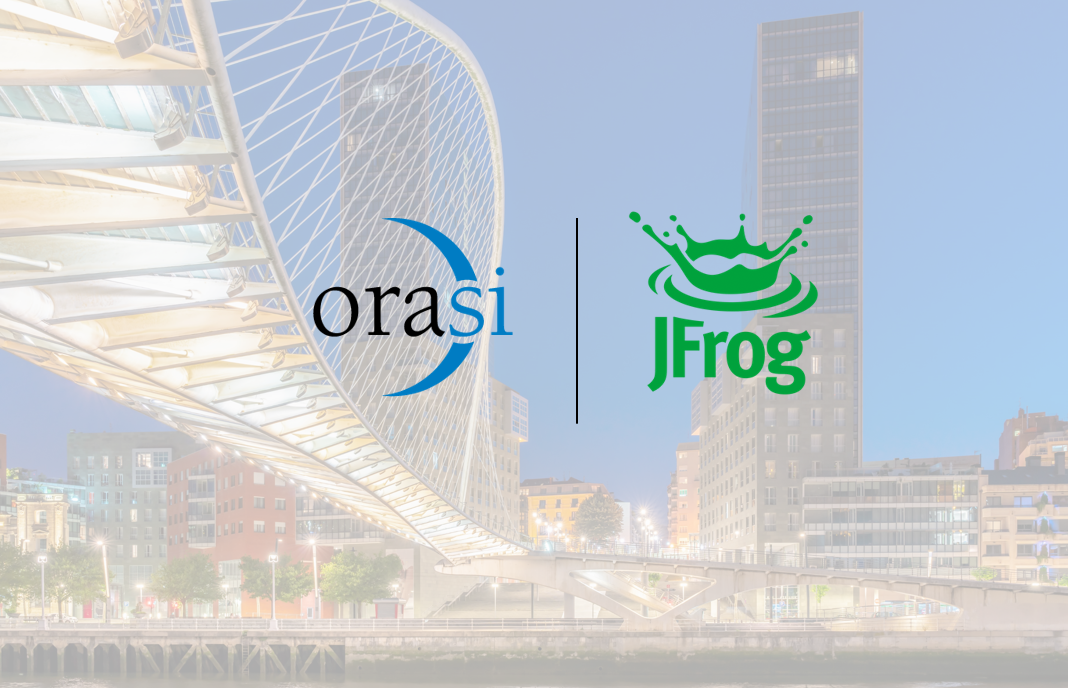By: Mark Lewis, SVP Sales and Marketing
Every organization has the problem of the ‘silo’. Whether driven by culture, job function, or departmental structure, a ‘silo’ affects almost every enterprise in some form. In the software development world, the silo has ruled for many years. There has been a long-running boundary between development, operations, and security teams. While all are essential constituents of the creation of high-quality software, coders and ops people are often caught up in their zones. The developer thinks from a coding perspective, while the operations teams are busy worrying about the usage and customer experience. And security is often an afterthought in the process.
The wall keeps rising until it is too late to break it. That’s where DevOps changes the game.
DevOps crumbles the wall
DevOps is a fresh set of tools, practices and cultural changes. It represents a radical approach to software creation. Here, the developers are not placed far away from the operations teams. These two mindsets and skills work in close coordination to create applications that are strong, user-friendly, resource-efficient, and dynamically improving.
This happens because DevOps is based on some new and disruptive tenets that challenge the traditional notions of a Software Development Lifecycle (SDLC). The traditional SDLC is a very sequential approach where one team does its work insularly, and the other team waits for its turn to do its job next. Once its work is done, it hands over the code to the next level and so on. Coding leads to testing and quality checks linearly, which then moves to deployment and so on.
But what if that could be changed? What if all the core phases of application development can happen in parallel so that the code keeps improving, and the team keeps fixing flaws in an on-the-go fashion? DevOps makes it possible because of the following reasons.
DevOps,
- Is based on automation and deployment of code across various phases in a fluid manner.
- Is an iterative and quality-oriented process.
- Melds different departments together and stresses on collaborative code-development.
- Aims for rapid application deployment with consistent quality checks.
- Is based on a holistic view and context of the application instead of fragmented approaches.
Why is DevOps a better bet?
Applications that are created in a unified way are easy to use and closer to customer context. Here are some distinct advantages that DevOps brings in.
DevOps,
- Works smoothly for a variety of platforms, application areas, and architectures
- Designed fundamentally for higher operational efficiency
- Leads to built-in agility
- Is the best approach for cloud workloads because of the dynamic nature of applications
- Delivers a reduction of inefficiencies that SDLC created in unintended ways
- Encourages faster collaboration among coders, testers, operations managers, and quality assurance teams
- Assures a notable shrinkage of response time
- Creates a quicker application delivery result when compared to the SDLC
- Leads to lower operating costs
- Creates a fundamental culture shift in the organization and, thus, builds a collaborative environment
It’s time for DevOps
Consider the growth and penetration that DevOps methodology is achieving in recent months. As per Global Market Insights Inc., this market will reach $17 billion by 2026. If you are investing in cloud applications and digital transformation, then you may find DevOps to be more relevant and aligned to your goals than the traditional Software Development Lifecycle.
Your applications need to have deeply embedded agility which cannot emerge when they are developed from broken parts. Stop thinking about ‘silos’ and start thinking about DevOps to accelerate your transformation journey.



